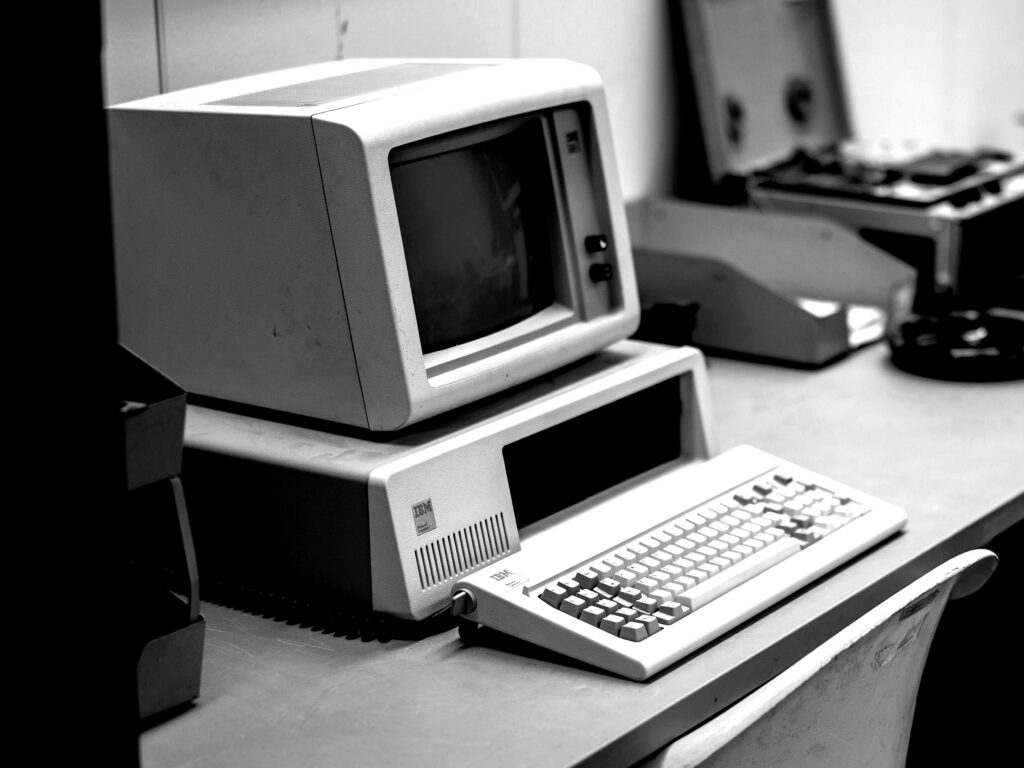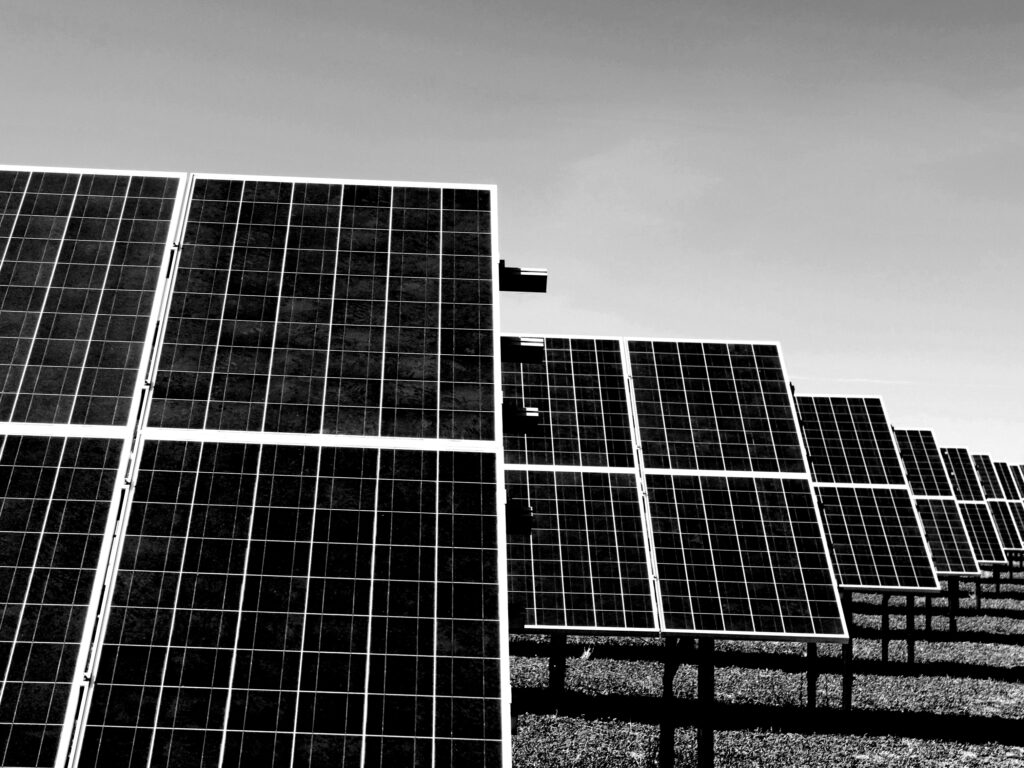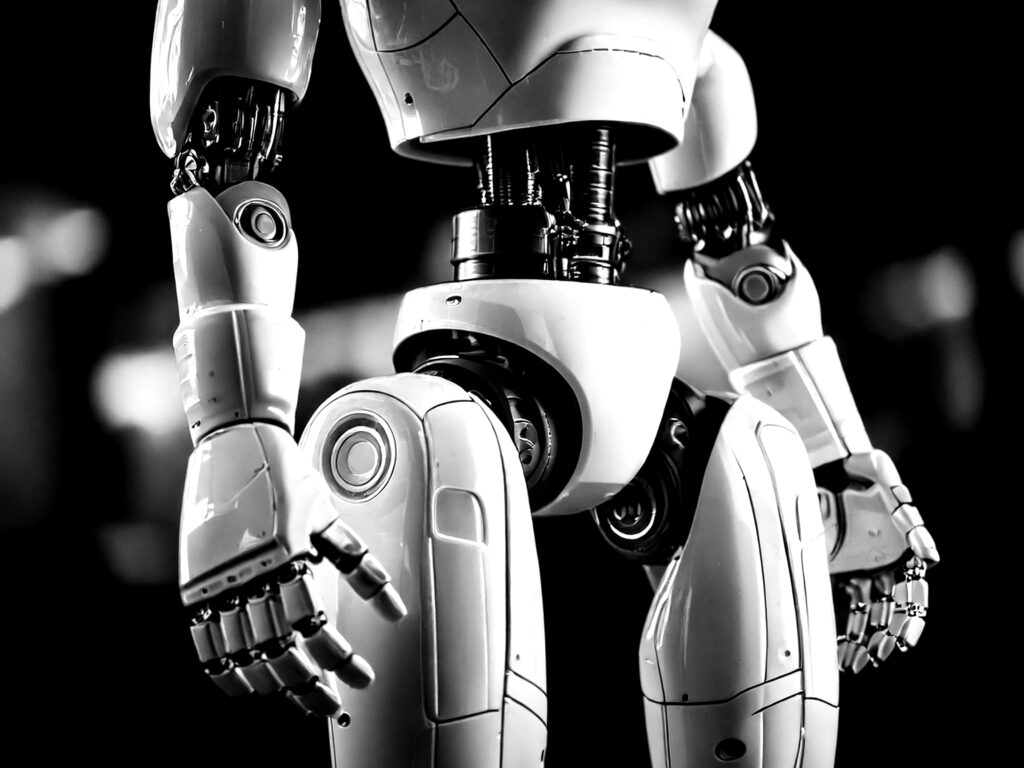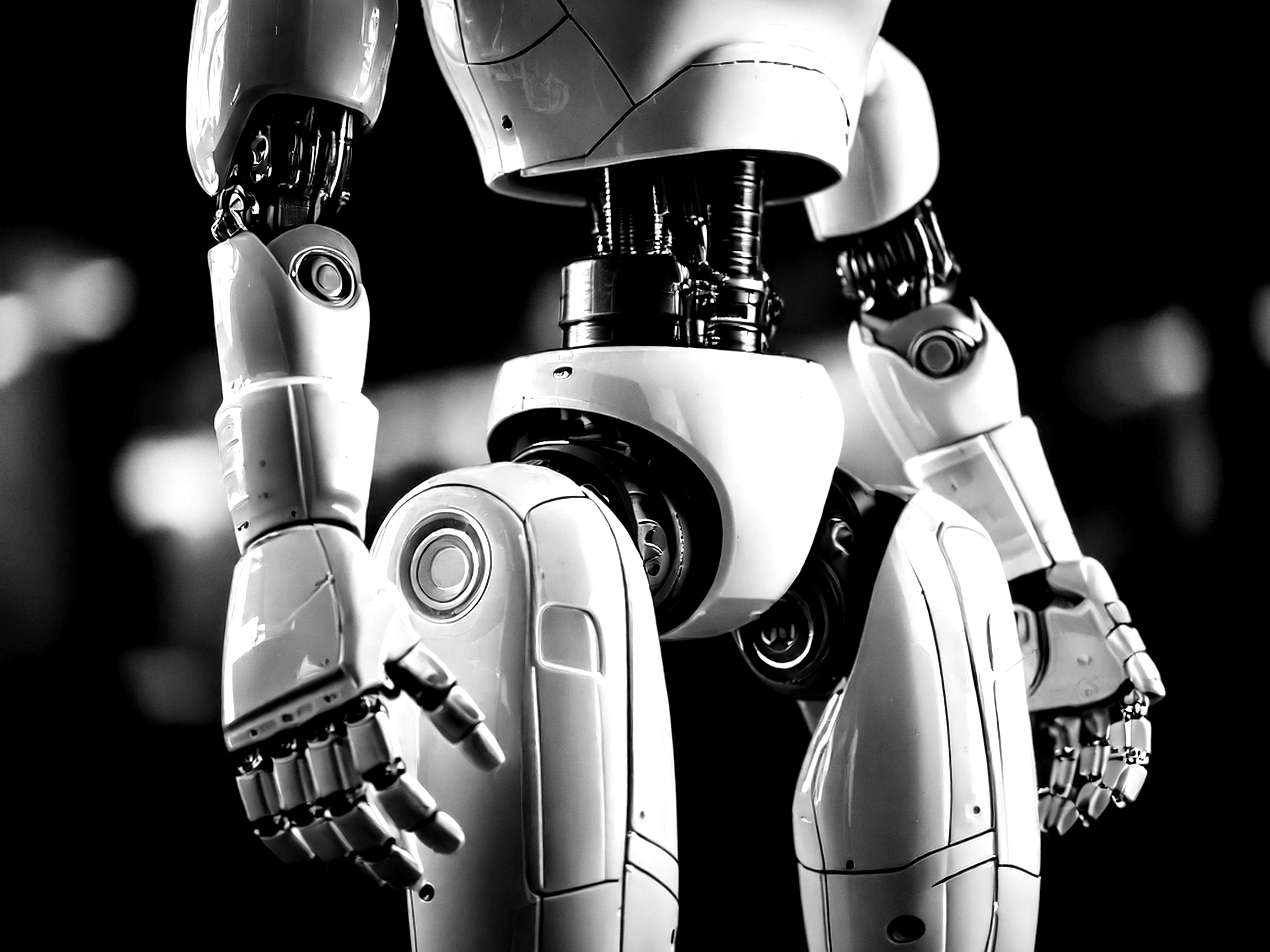Let’s start with a bold claim – humanoids are ‘just’ hardware. Their sensors and actuators are also just hardware. Software that passes sensory inputs into an onboard Nvidia Jetson (or whatever control unit a particular humanoid is using) and passes outputs to the actuators is just firmware. However excited people get about humanoids any decent engineering team can build one. Once they have, the inevitable question arises – now what?
Once the humanoid has been trained to stand, walk and move arms unaided (using simulations like Nvidia Isaac SIM, Gazebo or MuJoCo for example) there is very little it can ‘do’ without being pre-programmed for a specific task or teleoperated by a human. Training humanoids to process real life information and undertake real life tasks is still an unresolved challenge that requires copious amounts of task specific real-world data and an untold amount of compute. The challenge is so great that it may not be tackled successfully by humanoid building engineers.
It feels like history is repeating itself. At each technological paradigm shift companies rushed to build hardware which then quickly became commoditised. Repeatedly, success favoured those who enabled this hardware to deliver services people needed or wanted, or “Jobs to Be Done” (Clayton Christensen, HBS). See recent examples below and let us know your thoughts.

Personal computer
1981 – 1992
Apart from a few technology enthusiasts not many wanted a Personal Computer for its own sake. Word Processing, Graphic Design, Spreadsheets, and later Email and other applications enabled people to ‘get jobs done’ and thus created value.
Companies that enabled Personal Computers to add value succeeded in this space (including Intel that made microprocessors, critical components of PCs: “Intel Inside”), most companies that just manufactured Personal Computers didn’t succeed.
The moment the technology matured Personal Computers became a commodity with the software providing the only differentiation and value.

Internet
1993 – 2010
When the Internet era arrived many rushed to manufacture hardware and build networks behind the internet (backbone), expecting huge gains from physical assets controlling the flow of information. What followed was “the Great Telecom Implosion” and a $2 trillion market wipeout (never recovered).
People didn’t want fibreoptics or network equipment, they wanted access to information, convenient shopping, gaming, cat pictures, music or videos on demand.
Apple is one of the very few hardware success stories of that period as the company managed to create a value generating ecosystem that spun hardware (iPod, iPad, iPhone), software (iOS, iWork) and services (iTunes, App Store).

Renewables
2006 – 2018
Some people wanted PV panels on their roofs to demonstrate their green credentials but not many. Most people wanted cheap, convenient and sustainable electricity. The moment PV manufacturing technology matured it was commoditised and supply prices crushed.
Mass production in China (stimulated by huge Government investment) lead to 50-fold PV price reduction between 2011 and 2018 resulting in mass closures and bankruptcies amongst Western PV manufacturers.
Businesses that match electricity demand with supply (demand response or storage) did well. Most PV manufacturers who rushed to build hardware ended up consigned to history.

Electric vehicles
2012 – ongoing, transitioning to autonomous vehicles (AVs)
TEV technology and manufacturing processes are maturing, we’re again seeing a rapid drop in production and supply costs – a clear sign of commoditisation.
Chinese EV manufacturers are selling EVs at $15,000 and the prices are expected to drop further, BYD produced almost 3m EVs in 2023 alone – more than Tesla.
The Chinese government is investing heavily in scaling the industry with over $230 billion invested by 2023 (mostly subsidies). Just making cars will not create the most value, BYD alone is investing $14 billion into developing self-driving (AV) technology for their EVs. No Western non-AV car manufacturer will be able to compete on price in the near future.

Humanoids
2022 – ongoing
China is investing tens of billions of dollars into humanoid development and volume production with prices already at $15,000 (EngineAI’s PM01 & Unitree’s G1) and expected to fall below $10,000 by the end of the decade. Chinese manufacturers are already achieving mass production (over 1,000 humanoids), Tesla targets 10,000 in 2025. Companies such as Agility, Boston Dynamics, Figure, Tesla, Fourier, Unitree and Xiaomi have humanoids in production with corporates like BYD, LG or Samsung rushing to join the development.
But who actually needs or wants humanoids? People and businesses want ‘jobs done’. What jobs can humanoids, do? In unstructured, productive environments (not designed specifically for robots), at present, none.
Just like before, it is likely that most companies building humanoids outside of China will pivot, diversify, or fail, unable to compete on price. The ones that develop and deploy Physical AI to enable humanoids to ‘get jobs done’ will succeed and dominate the new era.
